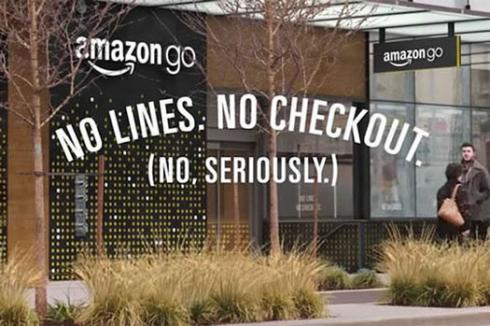Amazon Go combines online and brick and mortar shopping using innovative technology
Credit: theverge.com.
Body
D
uring the past year, I have interviewed many customers across a variety of manufacturing industries to learn more about their industry concerns, the design and manufacturing challenges they face, and the technologies that excite them. Here are some manufacturing and business trends to follow over the next 12–18 months.
|
ADVERTISEMENT |

Image courtesy of just-style.com.
…
Want to continue?
Log in or create a FREE account.
By logging in you agree to receive communication from Quality Digest.
Privacy Policy.

Add new comment